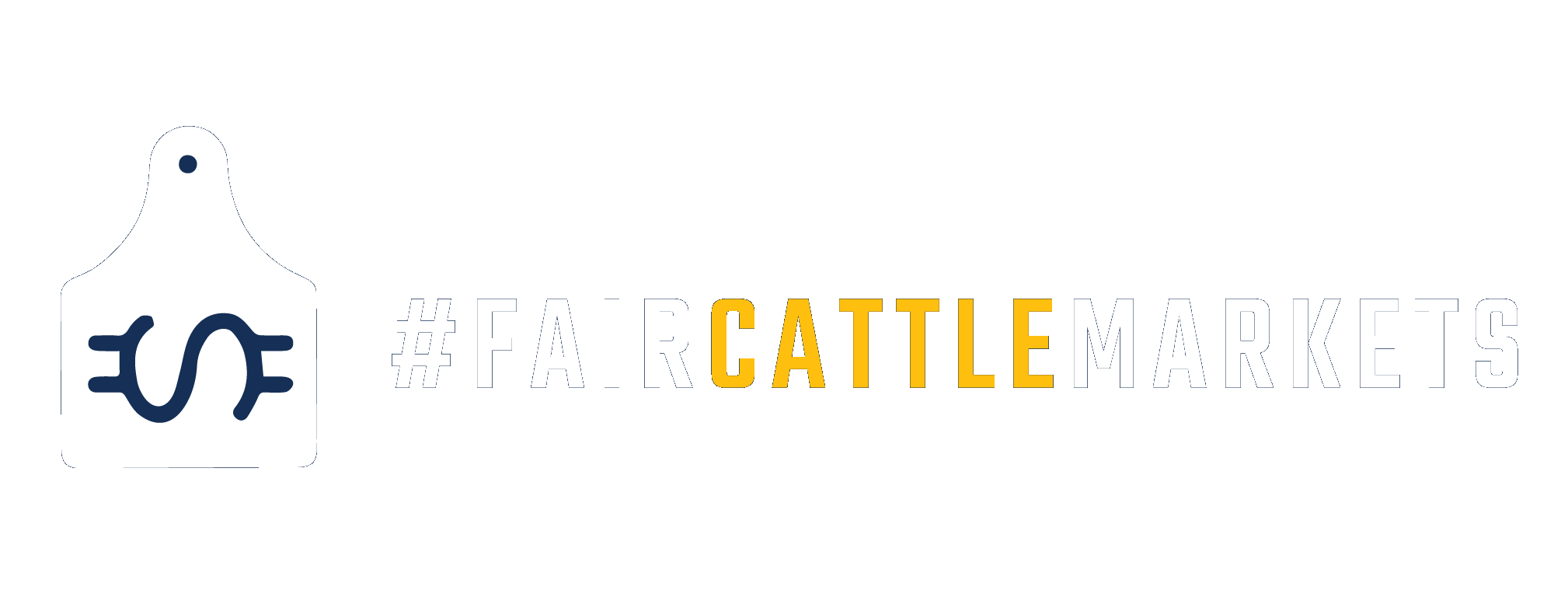Q: What do you see the feeder calf market doing as we head into this fall?
We have too many calves hitting the market in October because everyone continues to have their calves at the same time every year. Our feedlots are full since we just got done placing all the yearlings that came off of summer pasture. If producers can hold their calves for a while, the market will be quite a bit better down the road.
Q: What is your prediction for the live cattle market through the rest of 2020?
Most likely there will be an opportunity to gain some ground in our markets. We’ve seen feeders stand firm and hold out for more money, and as a result in the past couple weeks we’ve gained $5/cwt in the cash market.
As we move deeper into the fall, hopefully feeders can get the rest of these heavier cattle moved and get our carcass weights down a little. With any luck, the live cattle market will be in decent shape by the end of the year.
Q: How do you see these above average carcass weights affecting the markets?
Coming out of the height of the pandemic, we saw record levels of prime grading; packers like this because it’s easier for them to sell. We may see carcass weights decline slightly as we work through the fall, but we aren’t going to see a major drop because the industry is out of step with that right now.
Q: Do you think negotiated grid will increase competition in our cattle markets?
Negotiated grid is the second best way to sell fat cattle, next to negotiated cash. The key is negotiation, both parties having a say in what the end price will be. With that being said, negotiated grid is not the answer to our cattle market issues. The only reason its getting any attention is because there are just a few individuals with loud voices that are pushing it for their own benefit.
Q: What are your thoughts on Senator Fischer’s new bill, The Cattle Market Transparency Act of 2020?
The Cattle Market Transparency Act of 2020 gives us an option from Senator Grassley’s 50/14 legislation. The bill would set regional negotiated cash trade requirements, which would work better than 50 percent across the board. That high of a percentage, 50 percent, turned out to be a bit too much to take on. The levity within this bill has already made it more popular than the 50/14 legislation.
This bill would also loosen packer confidentiality. That kind of information would undoubtedly benefit cattle producers.
Q: The USDA has proposed the implementation of RFID tags by 2023. What are your thoughts on this?
Mandatory RFID tags will end up hurting the cattle industry. These tags will force a lot of producers out of the business and we’re already losing producers at an astronomical rate. The metal tags we’ve been using for years work just fine.
The corporates would like to see fewer people in the industry so they can manipulate it how they see fit, and RFID tags will do just that.
Q: How do you see the election affecting the cattle industry?
A vote for Biden is a vote for Kamala Harris. Harris is all for the Green New Deal; she wants to set limits on how much beef a person can consume because she feels that the production of beef is hurting the environment.

0 Comments
Trackbacks/Pingbacks